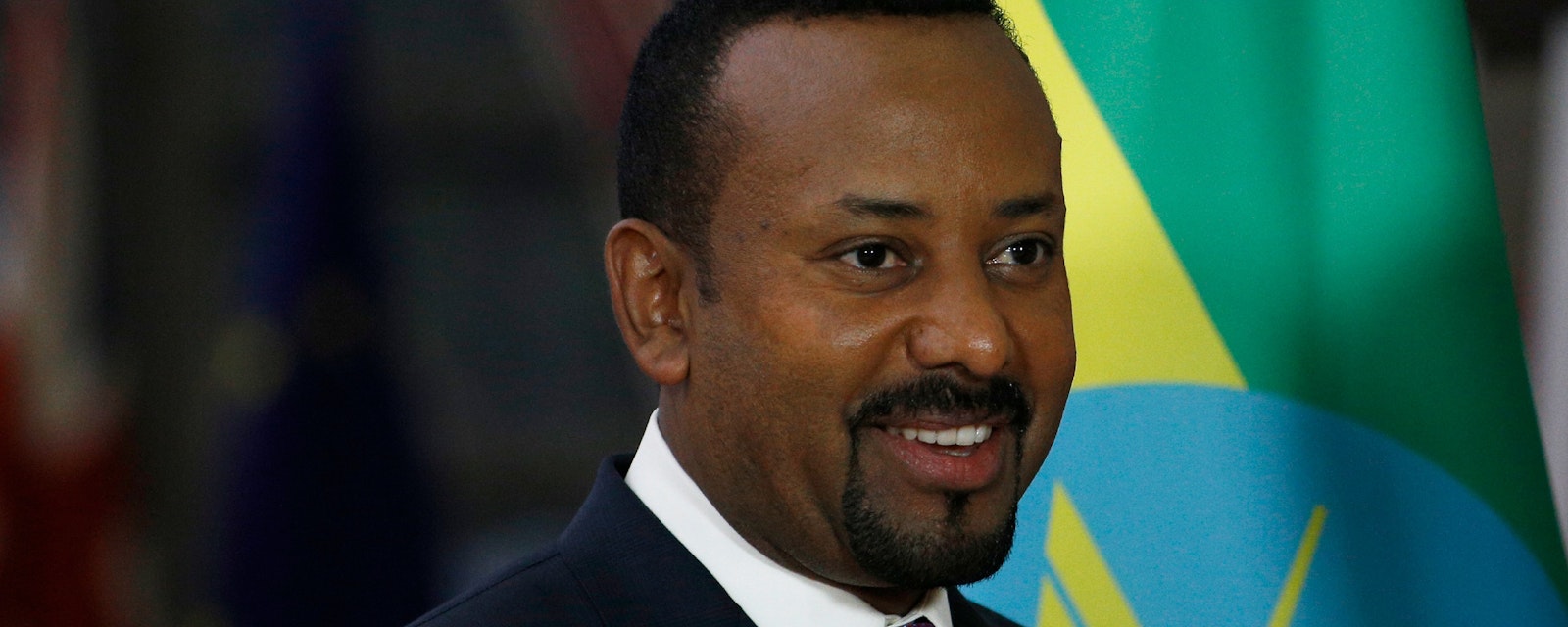On 23 June, the Office of the Prime Minister stated that there was an attempted but “failed coup” the previous day.
This “failed coup” is significant as it is the first under Prime Minister Abiy Ahmed, and has been explicitly defined as such. It also occurred almost exactly a year after a botched grenade assassination attempt on 23 June 2018 while Ahmed was addressing a public peace rally. The attack exemplifies the challenge Ahmed faces as he attempts to loosen state control and bolster democracy, while retaining order and stability in a context of competing centers of power and growing inter-ethnic conflict.
During the attack in Bahir Dar, the capital of the Amhara region, the regional governor and his advisor were killed; the regional attorney-general also later died due to injuries from the attack. In the capital Addis Ababa, the chief of staff of the national defense forces and a major general were killed by the chief of staff’s bodyguard.
The PM’s Office states that the coup was “orchestrated by Brigadier General Asaminew Tsige,” who has since been killed according to police. Tsige was the head of the Peace Building and Public Security Affairs Bureau of the Amhara regional state. After being imprisoned by late prime minister Meles Zenawi for an alleged coup attempt in 2009, Ahmed restored Tsige’s stars and rank in June 2018. The Amhara region has been a locus of inter-ethnic tensions; in April the government openly stated that ethnic politics has become a major security concern for the country.
While not everyone is convinced by the government’s claims, the seriousness of the attempted coup is important nonetheless. Some speculate it may be a ploy to enable Ahmed to strengthen his Oromo Democratic Party within the Ethiopian People's Revolutionary Democratic Front (EPRDF) ruling coalition. Speculation aside, the coup signals not only the escalating tensions and internal conflict within the EPRDF, but the willingness within the coalition to use violence to achieve political objectives and exacerbate political instability. Juxtaposed with inter-ethnic conflict, the attempted coup demonstrates the presence of two separate, but related sources of insecurity in Ethiopia.
The extent to which the coup will or can be repeated or sow long-term political instability will depend on two factors. The first is the level of organization and determination behind those who supported the execution of the coup attempt; the second is how hard Ahmed will come down on those deemed to be linked to it. As the extent of organization, support and resilience of the executors of the attempted coup is difficult to determine, Ahmed’s response will be a key, visible signaler on his approach to instability going forward, particularly with a general election scheduled for next year. He has clear ambitions to run for prime minister and the coup will only solidify this intent. However, such a visible act of political sabotage may force his hand and result in a shift away from what can be termed as ambiguous public tolerance for inter-EPRDF divisions, towards a steelier approach that may risk a roll-back of the democratic reform agenda that had defined his tenure thus far.





